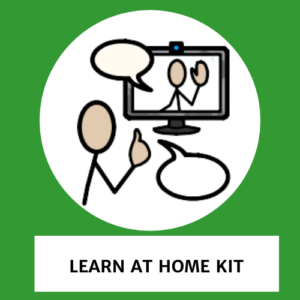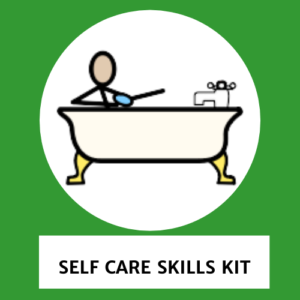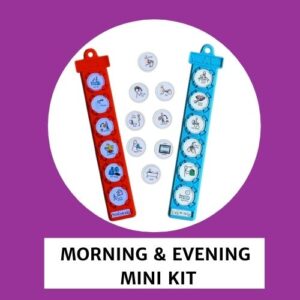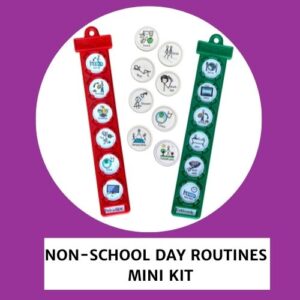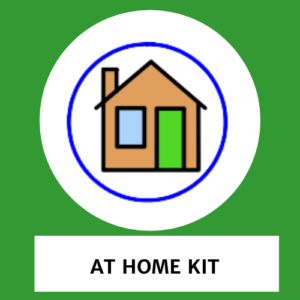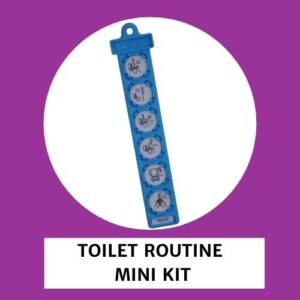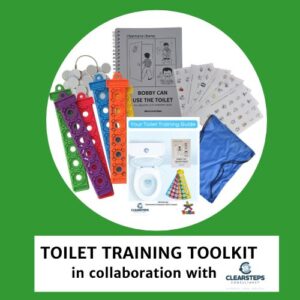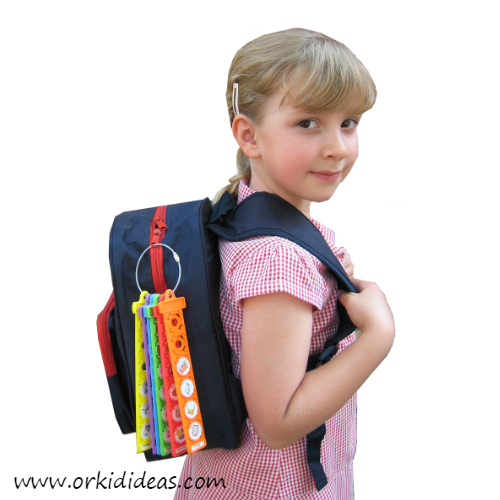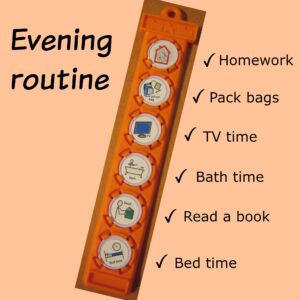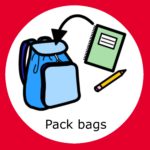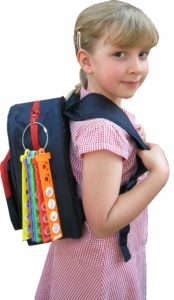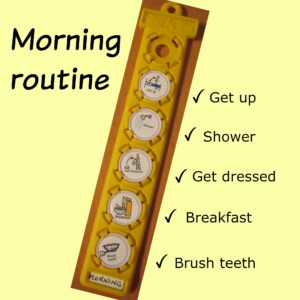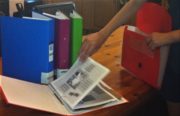 Whether it’s your child’s very first day at school or they’re just starting a new school year, here’s our A-Z guide to help ease you gently back into the school routine.
Whether it’s your child’s very first day at school or they’re just starting a new school year, here’s our A-Z guide to help ease you gently back into the school routine.
Choosing a fun model and showing kids how to operate it is a great way to teach them good time-keeping.
Have you got an up-to-date timetable and a vaild child’s bus pass? Does your child know where they are going to be dropped off and picked up? Have a trial run so it’s not left to the first morning!
Think beyond the first week of school and put important dates such as parents evenings, inset days and holidays in your calendar now.
Set aside a designated place where the kids can leave their bags, coats and school books so it doesn’t all end up in a heap by the end of the first week.
Make a clean start with an empty bag and clear out anything still lurking in there from last term.
Have you got contact details of another parent at your child’s school who you can ask about school events if letters /permission slips don’t make it home?
Have you got the right stuff for P.E. and perhaps a seperate bag to put it all in?
If you still have time before the first day of school, make sure they get a good cut so you don’t need to drag tired kids out after school or at the weekend to get it done.
If your kids are starting new schools, it’s time to dig out any information books you have received from the school and make sure you’re familiar with their routine and policies.
Get involved with the school community and join the PTA or check out after school activities the kids may want to join.
If your kids are older do they have a spare key? Get one now rather than wait until first morning back!
- L is for LABEL EVERYTHING!
We can’t shout this one loud enough!! Iron, sew, stamp or write your kids’ name on all clothing, shoes & personal items otherwise your jumper will look like all the rest in the lost property mountain!
Make sure the school has up to date medical information for each child with details of allergies and emergency contact numbers.
Remind your child to bring ALL notes home from school and check their bag each night for anything lurking in the bottom!
Have you bought one yet? It won’t be long before those cold days and dark nights start creeping in!
If your school doesn’t provide one, look for a suitable notebook or diary to use as a homework planner, an essential for those kids starting high school.
Don’t forget that school can be stressful and tiring and that kids need to spend time away from homework, TV and other electronic distractions. Try and set aside some time to chat with them each day so you can pick up on any worries they may have.
Donate old school uniform to charity or for good quality articles check whether the school PTA runs a second hand uniform sale.
Check with the school what items your kids need to bring and make a regular check to see if anything needs replacing.
The essential tool to help kids pack their bag to school!
Making sure you start the year fully equipped will avoid any panics later and help children to feel more confident.
Find our if your school offers vision screening and if not, remember to get your kids’ eyes checked regularly as it’s important to pick up any problems as early as possible.
Check your school’s site regularly for useful dates, school policies and curriculum guides.
- X is for EXTRA-CURRICULA ACTIVITIES
Let kids choose what they want to participate in rather than what you want them to. You never know what hidden talents you might uncover!
Remember to check your school website or ask at school for details of what your kids will be studying this academic year so you can stay ahead of the game.
As the nights draw in, get into a sleep routine for school. Just don’t forget to set the alarm clock!
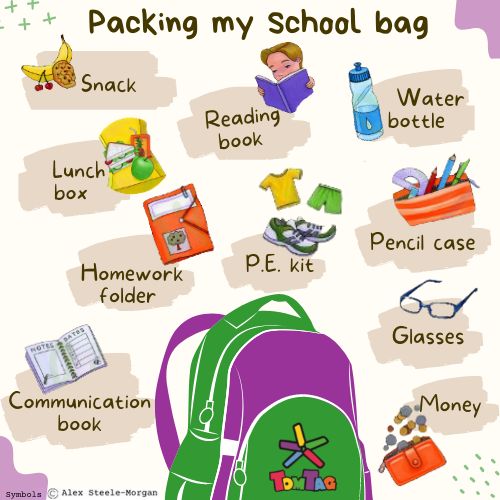

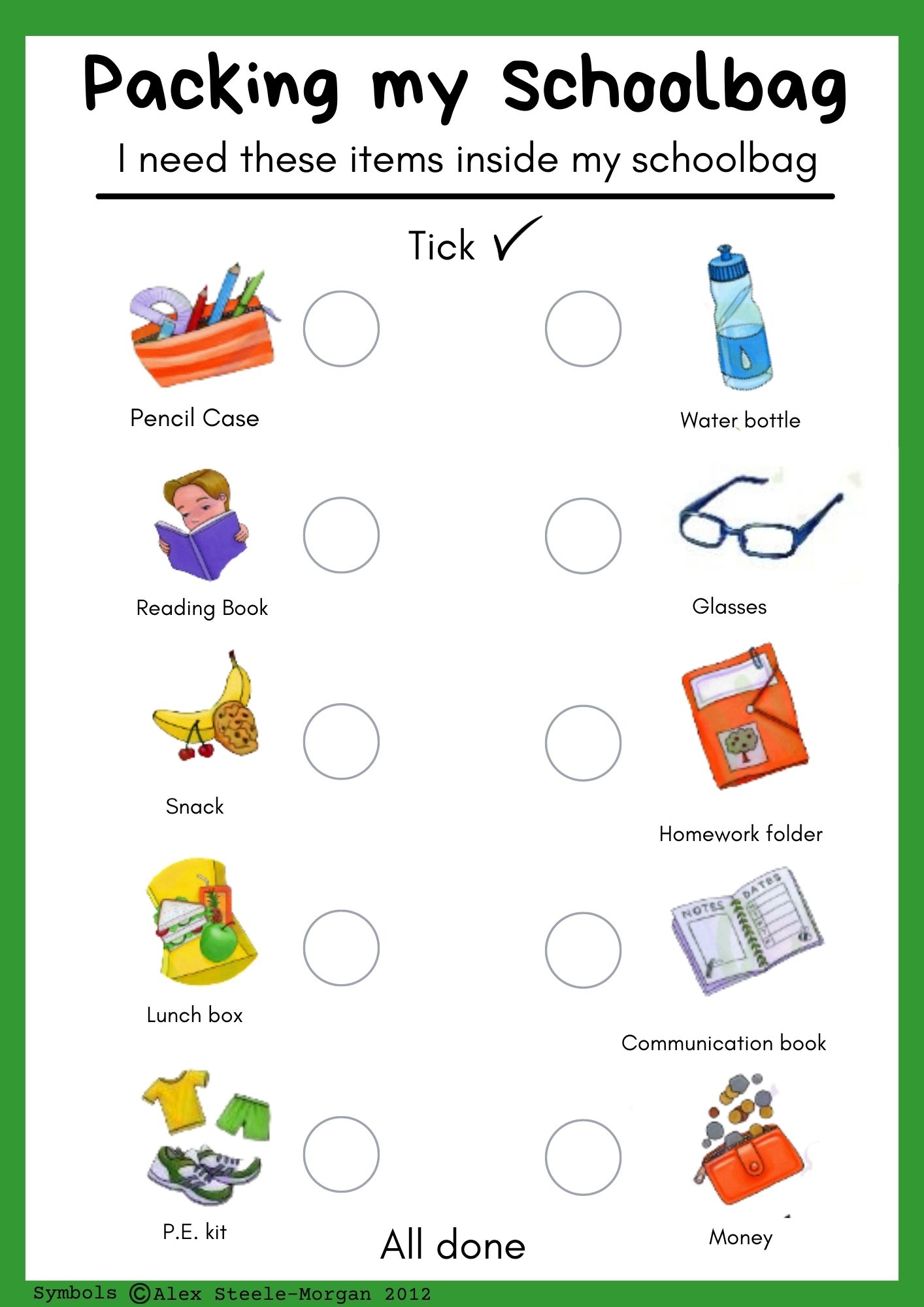
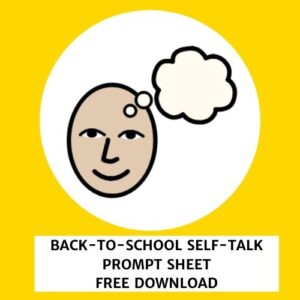

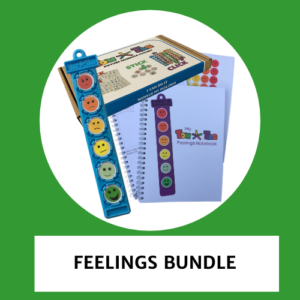
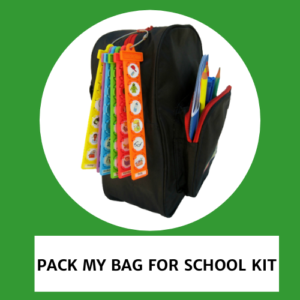
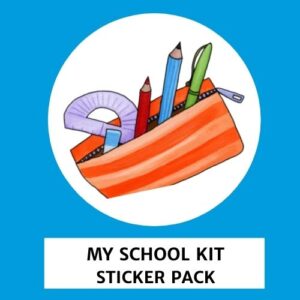
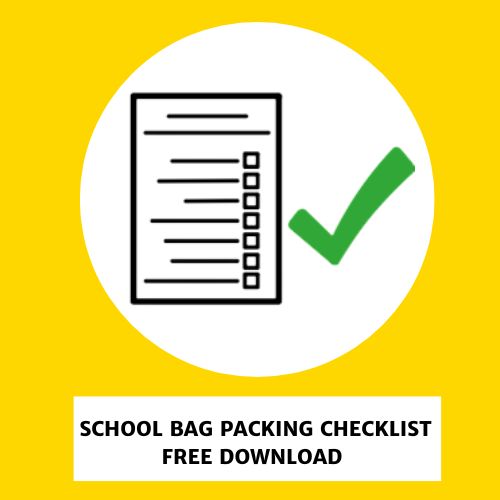

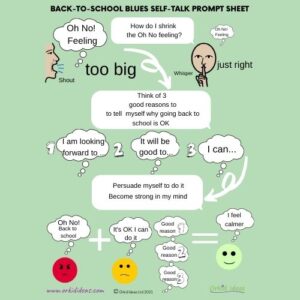
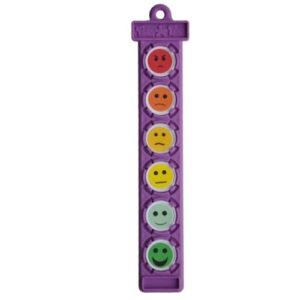

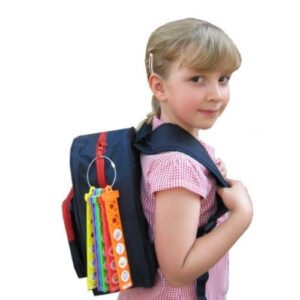
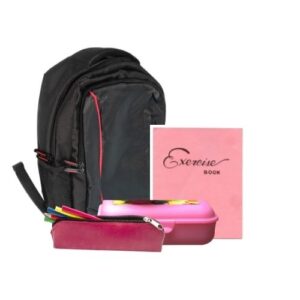
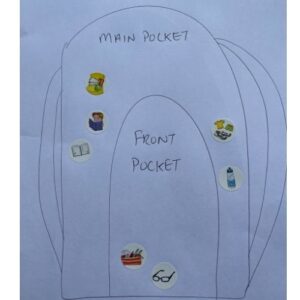
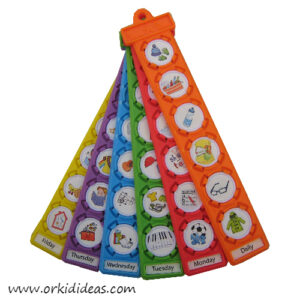
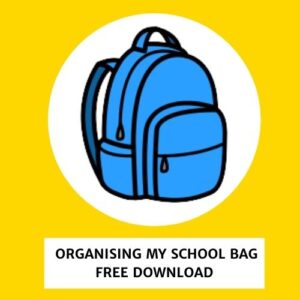

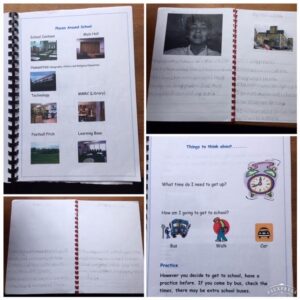
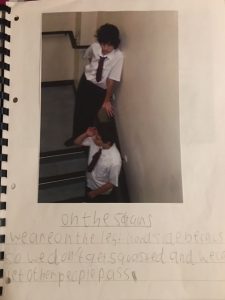
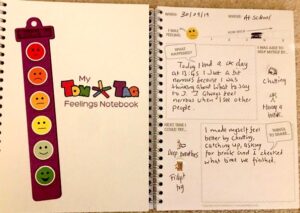
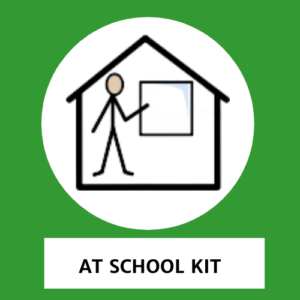
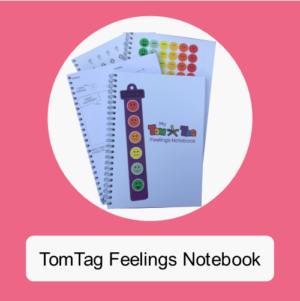

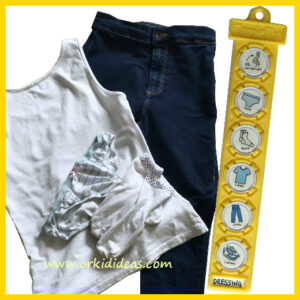 Keep another checklist in the bedroom that will show your child what clothes they need to wear and what they should put on first. This avoids the pants over trousers scenario!
Keep another checklist in the bedroom that will show your child what clothes they need to wear and what they should put on first. This avoids the pants over trousers scenario!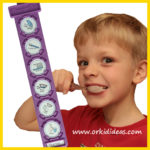 Taking care of personal hygiene is a very important life skill for all our children to learn. We perform these tasks for ourselves everyday without needing to think about exactly what we’re doing.
Taking care of personal hygiene is a very important life skill for all our children to learn. We perform these tasks for ourselves everyday without needing to think about exactly what we’re doing.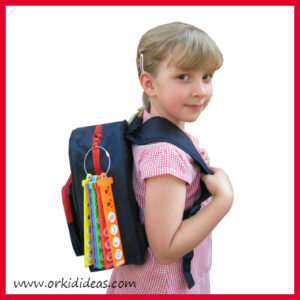 Giving your child the responsibility for finding and packing everything they need for school might seem like a crazy idea but even the youngest or most disorganised child can soon get the hang of it, increasing their independence and reducing anxieties that occur over forgotten items.
Giving your child the responsibility for finding and packing everything they need for school might seem like a crazy idea but even the youngest or most disorganised child can soon get the hang of it, increasing their independence and reducing anxieties that occur over forgotten items.
